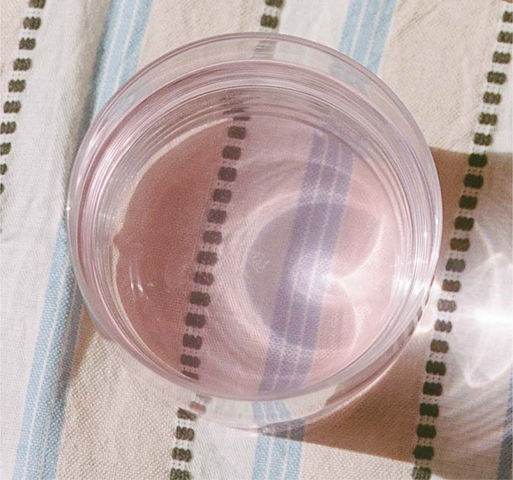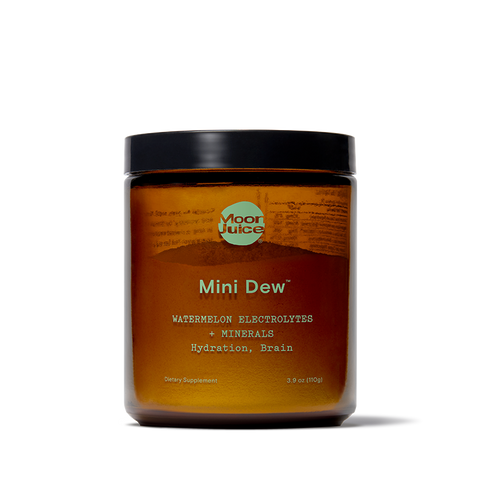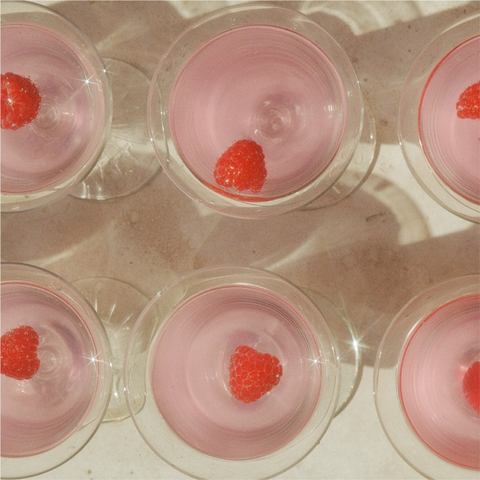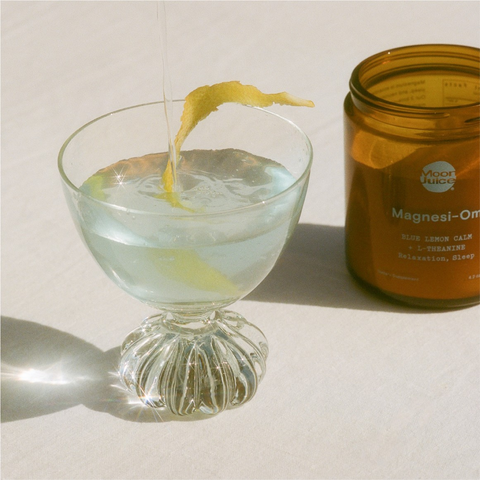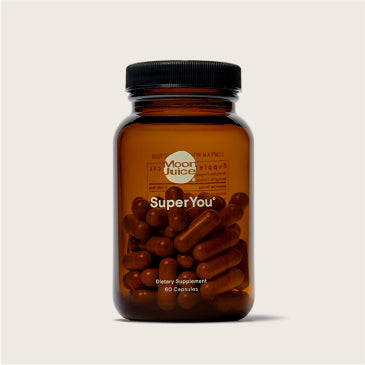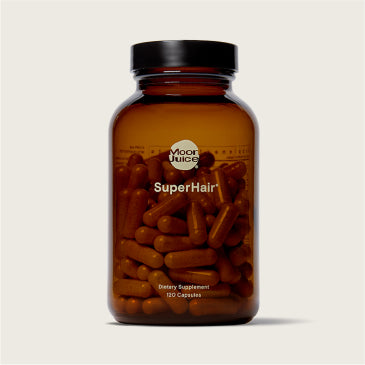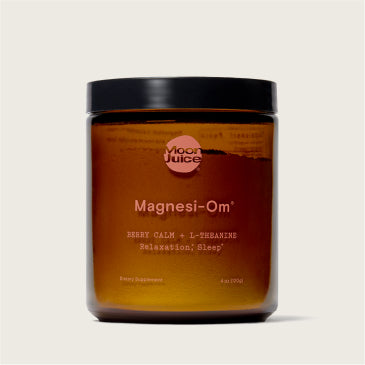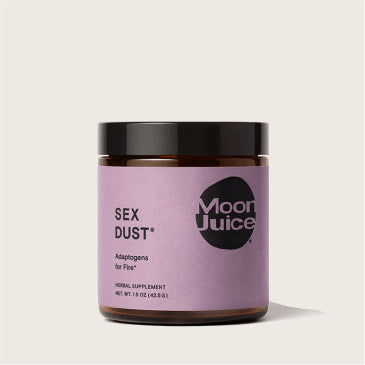The thought of electrolytes might conjure up images of fluorescent and sugary sports drinks. The thought of minerals, meanwhile, could have you recall chalky tablets or capsules of yesteryear. However, times have changed and so have the sources and quality of electrolytes and minerals alike. Yet, have you ever paused and wondered if electrolytes are minerals and vice versa?
Electrolytes are minerals that carry an electrical charge and are essential for bodily functions like muscle contractions and hydration. While all electrolytes are minerals, not all minerals are electrolytes, as minerals also include non-charged elements that contribute to overall health, such as calcium and iron.
Ahead, learn everything you need to know about electrolytes vs. minerals, including their key differences.
What are Electrolytes?
Electrolytes are compounds — most often essential minerals — that carry a positive or negative electrical charge once they dissolve in water. According to the National Library of Medicine, electrolytes influence important processes including:
- How much water your body retains
- Your blood pH
- Nerve and muscle function (as well as muscle contractions)
In addition, per the Cleveland Clinic, cells use electrolytes to conduct electrical charges. These aid chemical reactions involved with hydration — namely fluid balance within and outside of cells — hence why electrolytes’ chief claim to fame is their role in supporting hydration. However, it’s worth noting that actual fluids are required to keep dehydration at bay, as dehydration directly means an inadequate presence of fluids in the body. Meanwhile, an electrolyte imbalance indicates that you have too many or too few electrolytes. In such cases, it’s important to replenish electrolytes promptly to restore balance.
In short, there are many benefits of electrolytes that help maintain balance in the body.
For reference, the main types of electrolytes include:
- Sodium
- Potassium
- Calcium
- Magnesium
- Chloride
- Phosphate
- Bicarbonate
What Are Minerals?
Alongside vitamins and antioxidants, minerals are micronutrients that humans need to perform bodily functions properly and maintain good health. We need them in relatively small amounts compared to macronutrients (e.g., carbs, fat, and protein). Different minerals may have overlapping and unique benefits and play various roles.
As Ohio State University Extension explains, minerals can fall under two broad categories: major minerals and trace minerals.
Major minerals are required in more significant quantities of 100 mg or more each day. These include:
- Calcium
- Chloride
- Magnesium
- Phosphorus
- Potassium
- Sodium
- Sulfur
On the other hand, the body needs smaller quantities (under 100 mg) of trace minerals daily. Examples of trace minerals include but aren’t limited to:
- Chromium
- Copper
- Iodine
- Iron
- Fluoride
- Manganese
- Zinc
Key Differences Between Electrolytes and Minerals
Chemical Composition
By now, you might be scratching your head. Are electrolytes minerals after all? Simply put, many common electrolytes are minerals (namely the major ones), but not all minerals are electrolytes. To be considered an essential electrolyte, these substances must dissolve in water and carry an electrical charge.
Role in the Body
Per the National Library of Medicine, electrolytes are essential for basic functions, including:
- Maintaining electrical neutrality in cells
- Generating and conducting action potentials in nerves and muscles
Again, electrolytes — the three major ones of which are sodium, potassium, and chloride — are especially crucial to maintaining fluid balance and thus play a key role in the hydration equation. Other minerals that don’t count as electrolytes don’t necessarily have a bearing on hydration but instead impact a range of other bodily functions and facets of health.
Sources in Diet
While electrolyte powder and sports drinks tend to be the most well-known sources of essential electrolytes, you can actually enjoy them through foods that may exist in your current diet.
Healthy foods with electrolytes include but certainly aren’t limited to:
- Spinach
- Avocados
- Bananas
- Watermelon
- Oranges
- Potatoes
- Lentils
- Nuts
- Fish
These foods typically offer a few types of common electrolytes in varying quantities, which underscores the importance of adhering to a diverse diet rich in whole foods.
There’s no shortage of animal- and plant-based foods that provide different minerals that aren’t considered to be electrolytes. Yet unfortunately, demineralization of our drinking water and depleted soil quality over the years has reduced the potency and overall quality of some major dietary sources of minerals. Moreover, minerals have various levels of bioavailability, which indicates how well your body will absorb and retain these micronutrients.
With that said, it’s important to stay on top of your health by diversifying your diet, doing annual labs with your physician, and consulting a professional if you feel that something is off. It may also be helpful to complement your dietary regimen with supplements — ideally after consulting your healthcare team and deciphering which nutrients you may lack and should prioritize to get your body back in balance.
Symptoms of Imbalance
While electrolytes have general similarities, individual ones also offer different benefits — as well as potential risks when you have too many or not enough. Signs and symptoms will vary based on the electrolyte imbalance at hand, yet potential tip-offs include:
- Brain fog
- Confusion
- Constipation
- Diarrhea
- Irregular heartbeat
- Irritability
- Headaches
- Muscle cramps
- Nausea
- Numbness of fingers and/or toes
- Vomiting
In addition, electrolyte imbalance may occur due to:
- Kidney problems
- Sweating via intense exercise, heat, and/or humidity
- Dehydration due to air travel
- Digestive issues such as vomiting and diarrhea
- Health conditions and medication intake
Similar to electrolytes, symptoms of an imbalance of trace minerals will vary based on the specific mineral at hand. Sometimes, signs of a mineral deficiency overlap with those of an electrolyte imbalance. In other instances, a lack of trace minerals could lead to more unique symptoms.
Examples include:
- Copper: bone fractures, thyroid issues, low body temperature, anemia, loss of skin pigmentation
- Iron: fatigue, weakness, shortness of breath, brittle nails, sallow skin, hair loss
- Zinc: poor appetite, weakened immune function, slow wound healing, hair loss, loss of taste or smell
A mineral deficiency can result from following a sub-optimal diet. Yet sometimes, it’s no fault of your own given the stripping of these nutrients due to modern agricultural practices, as well as medical conditions outside of your control. Regardless, it’s important to keep an eye out for any new or worsening symptoms. According to a review in the journal Proceedings of the National Academy of Sciences (PNAS), a micronutrient deficiency (whether of a vitamin or a mineral) can lead to DNA damage and mitochondrial decay. The result: accelerated aging and a heightened risk of developing disease.
Supplementation and Intake Recommendations
There are some slight differences in when you should take electrolytes vs. minerals. Good times to take electrolytes include:
- When it’s hot and/or humid
- Before/during intense exercise
- Before/during air travel
- After drinking alcohol
- Any other events in which you lose excess sweat and/or urinate often
Your electrolyte powder or drink of choice might not contain all electrolytes or fully cover your bases for major mineral intake. So it’s wise to evaluate your electrolyte supplement and greater diet accordingly.
Intake recommendations vary for trace minerals. While you typically only need them in small amounts, they’re no less important for your health. For reference, here are the RDAs of a few trace minerals per the National Institutes of Health:
- Chromium: 20 to 25 mcg for adult women and 30 to 35 mcg for adult men (varying by age)
- Copper: 900 mcg for adult men and women
- Manganese: 1.8 mg for adult women and 2.3 mg for adult men
- Selenium: 55 mcg for adult men and women
- Zinc: 8 mcg for adult women and 11 mcg for adult men
Note: RDAs will typically vary during pregnancy and lactation.

Supporting Your Overall Health With Both
When evaluating electrolytes vs. minerals, remember that the majority of electrolytes are minerals, but not all minerals are electrolytes. Both groups and specific types within each group are critical to support the normal functioning of your body and, thus, your overall health and well-being. In other words, you definitely don’t want to skimp on either.
To replenish electrolytes and minerals (both major and trace) in your body, look into an electrolyte drink mix that offers both. Mini Dew™ is a 2-in-1 electrolyte and mineral blend tailored for optimal hydration and brain function, making it easy for you to add electrolytes to water in a snap. In addition to offering a Himalayan Pink Salt electrolyte blend for fluid balance, it contains:
- Chelated essential minerals to enhance cognitive performance and help reduce brain fog*
- Ionic trace minerals to give the body necessary elements to feel good and energized*
Mix 1 tsp of the sugar-free electrolyte powder into 12 oz of water and enjoy your homemade electrolyte drink daily. Otherwise, save it for when you need an extra oomph to bounce back from a sweat session, are traveling, or whenever you’re feeling blah.
Sources
- MedlinePlus. Electrolytes. https://medlineplus.gov/ency/article/002350.htm
- Cleveland Clinic. Electrolytes. https://my.clevelandclinic.org/health/diagnostics/21790-electrolytes
- OSU Extension. Minerals and the Body. https://extension.okstate.edu/fact-sheets/minerals-and-the-body.html
- StatPearls. Electrolytes. https://www.ncbi.nlm.nih.gov/books/NBK541123/
- PubMed. The major electrolytes: sodium, potassium, and chloride. https://pubmed.ncbi.nlm.nih.gov/7965369/
- PubMed. Low micronutrient intake may accelerate the degenerative diseases of aging through allocation of scarce micronutrients by triage. https://pubmed.ncbi.nlm.nih.gov/17101959/
- NIH. Chromium. https://ods.od.nih.gov/factsheets/Chromium-HealthProfessional/
- NIH. Copper. https://ods.od.nih.gov/factsheets/Copper-HealthProfessional/
- NIH: Manganese. https://ods.od.nih.gov/factsheets/Manganese-HealthProfessional/
- NIH. Selenium. https://ods.od.nih.gov/factsheets/Selenium-HealthProfessional/
- NIH. Zinc. https://ods.od.nih.gov/factsheets/Zinc-HealthProfessional/


